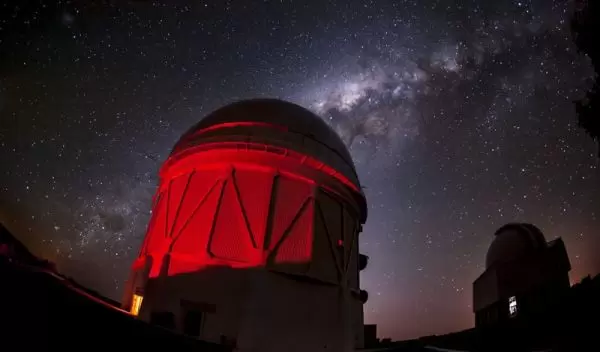
Researchers find new minor planets beyond Neptune
Using data from the Dark Energy Survey, National Science Foundation-funded researchers at the University of Pennsylvania have found more than 300 objects beyond Neptune, minor planets located in the far reaches of the solar system, including more than 100 new discoveries.
Published in the The Astrophysical Journal Supplement Series, the study also describes a new approach for finding similar types of objects, an approach that could aid future searches for the hypothetical Planet Nine and other undiscovered planets. The work was led by Pedro Bernardinelli, Gary Bernstein and Masao Sako.
The goal of the Dark Energy Survey, which completed six years of data collection in January, is to understand the nature of dark energy by collecting high-precision images of the southern sky.
While DES wasn't specifically designed with trans-Neptunian objects, TNOs, in mind, its breadth and depth of coverage made it particularly adept at finding new objects beyond Neptune. "The number of TNOs you can find depends on how much of the sky you look at and what's the faintest thing you can find," says Bernstein.
Because DES was designed to study galaxies and supernovas, the researchers had to develop a new way to track movement. Dedicated TNO surveys take measurements as frequently as every hour or two, which allows scientists to more easily track their movements. "Dedicated TNO surveys have a way of seeing the object move," says Bernardinelli. "One of the key things we did was to figure out a way to recover those movements."
"This is the kind of serendipitous science that’s enabled when we make data available to the community and to the public," says Nigel Sharp, a program director in NSF's Division of Astronomical Sciences. "The DES project, supported by NSF and the U.S. Department of Energy, could not be further removed from tracking small bodies on the outskirts of our solar system. The ingenuity of the researchers in repurposing these data is to be applauded."


